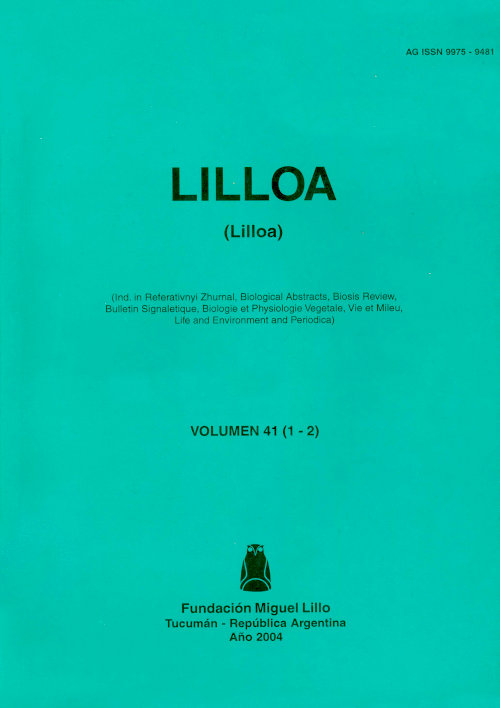La producción de betacianinas es afectada por algunos factores extrínsecos e intrínsecos en plántulas de quinoa (Chenopodium quinoa Willd.)
Palabras clave:
Betacianinas, quinoa, luz, reguladores del crecimiento vegetales, nutrientesResumen
La quinoa (Chenopodium quinoa Willd.) hasta ahora sólo ha sido explotada como productora de semillas para la alimentación humana y animal. Sin embargo, esta especie podría convertirse en una potencial fuente de pigmentos naturales atóxicos, a traves de una optimización de las condiciones de cultivo para conseguir incrementar la productividad de pigmentos. En este trabajo, se ha investigado el efecto de diferentes factores extrínsecos e intrínsecos sobre la producción de betacianinas en plántulas de quinoa. Los resultados mostraron que la biosíntesis de las betacianinas a nivel cotiledonar no depende de luz; a diferencia de lo que ocurre con el hipocótilo, donde la luz es un requerimiento indispensable. Si bien los mecanismos reguladores de la producción de betacianinas son desconocidos, las evidencias aportadas en este trabajo demostrarían la existencia de algún tipo de mecanismo mediado por reguladores del crecimiento y dependiente del tipo de radiación. Así, mientras la luz fluorescente blanca mostró un efecto inductor sobre la biosíntesis, las radiaciones verde, UV-A y UV-B produjeron un efecto contrario. Los resultados obtenidos permiten suponer que a diferencia de lo que ocurre con los flavonoides y antocianos, las betacianinas no cumplirían ningún papel protector frente a la radiación UV-B. Se debate el posible rol desempeñado por las betacianinas.






